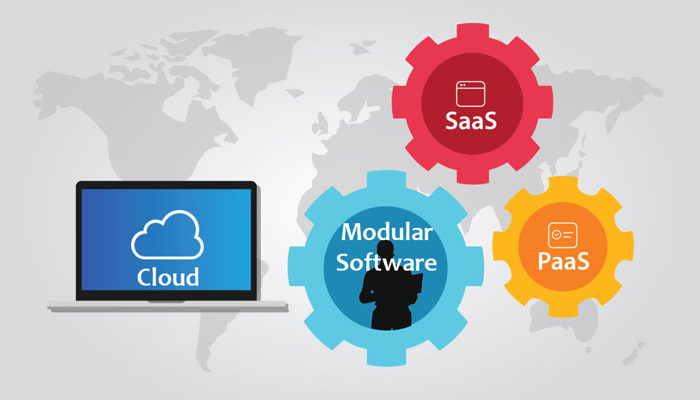Until a few years ago, having access to the Internet was luxury. Let alone, the idea of complex computer networks and concepts like the Internet of Things. The rate at which the Internet is expanding and spreading its roots into various aspects of our lives. Those times aren’t far when it would become a common element of living. In this era of data, connectivity, and technology, everything is evolving quite rapidly. And, the landscape is transforming far too quickly.
Ever since the inception of “The Cloud” the techies have been excited about its capabilities and what is next. From time and again, this technology has surprised us all with incomprehensible features. From storage to computing, the cloud has changed the way we have been looking at the future. It is just presented the world with an alternate reality.
The digital technology domain is a chaotic place with loads of randomness and unpredictability. Every now and then, there is something new that disrupts the space. However, recent developments in the cloud services, prove that the cloud is the future. And, has a lot more in-store.
Table of Contents
The journey so far
Over the past few years, the Cloud has come a long from being a backup server for enterprises and storage utility to becoming the primary platform for scalable developments and use. The key features of a cloud that makes it so powerful and interesting are its availability, security, and scalability.
Contrary to the on-premise systems and private infrastructure, users can access their data anytime and anywhere. Furthermore, the cloud is equipped with a multitude of security protocols that make your data secure and impenetrable. With cloud infrastructure being a shared resource, it is relatively simpler to scale up or down one’s platform on demand without having to worry about the actual hardware costs.
Diving into the pool of possibilities
With the promising advancements so far, it wouldn’t be wrong to assume that we have just scratched the surface for what cloud is capable of. And, for now, we can only see as far as what we can expect in a few upcoming years.
-
PaaS and SaaS is the future
The wave has already started and a number of enterprises and software companies are focusing on PaaS (Platform as a Service) and SaaS (Software as a Service) for their offerings. An increasing number of users are opting for SaaS and PaaS as it eliminates the need to manage infrastructure, dealing with security and upgrades, handling hardware and accounting for scalability. With cloud service providers looking after the hardware needs, businesses can concentrate on building application for business use cases.
-
Leveraging cloud for storage
Inherently, the cloud offers high levels of security and data availability. For some time now, companies have been using the Cloud as backup storage. However, with increasing demand for data security and quick access, companies are considering the idea of data decentralization. The cloud helps businesses to manage their data, make it accessible and ensures superior security protocols. With reducing storage costs and high availability being the focus, more and more companies would migrate their storage onto the cloud. And, scale according to business needs.
-
Using computing power as a revenue stream
Many a time, companies/ users are in need of immense amounts of computing power, to carry out complex operations or cater to business needs. However, it would be needed for a short time and it makes no sense to invest in expensive hardware for such intermittent needs. With ‘Cloud-as-a-Service’ model, users can leverage shared computing resources to fulfill their needs. While the data centers/ cloud service providers can use their ideal resources to generate revenue.
-
Cloud native source and modular software
As the cloud becomes more stable and capable, enterprises would start using the platform for their applications and engineer solutions with a cloud-first approach. Instead of being hosted on in-house servers, the enterprise application would be server-less. They would be created, build, upgraded and managed over the cloud. Developer software stack would be redesigned to produce a development environment over the cloud. The application will become increasingly modular and hardware independent. Allowing enterprises to decentralize the package and modules across different cloud platform or locations, to optimize cost and performance.
All these changes and innovations are just the tip of an iceberg. As Blockchain grows further, one can look forward to an unfathomable series of events. If and when Cloud and Blockchain are working together, the opportunities and capabilities are endless. It might be the peak of computing and digital era.
As these technologies progress further, new players will be stepping into the market, with unique proposals and unusual ideas. Pushing the boundaries for Cloud computing further ahead. Soon, the cloud that is confined to a few datacentres would transform into an ecosystem and lead to the inception of a more powerful digital workforce.




